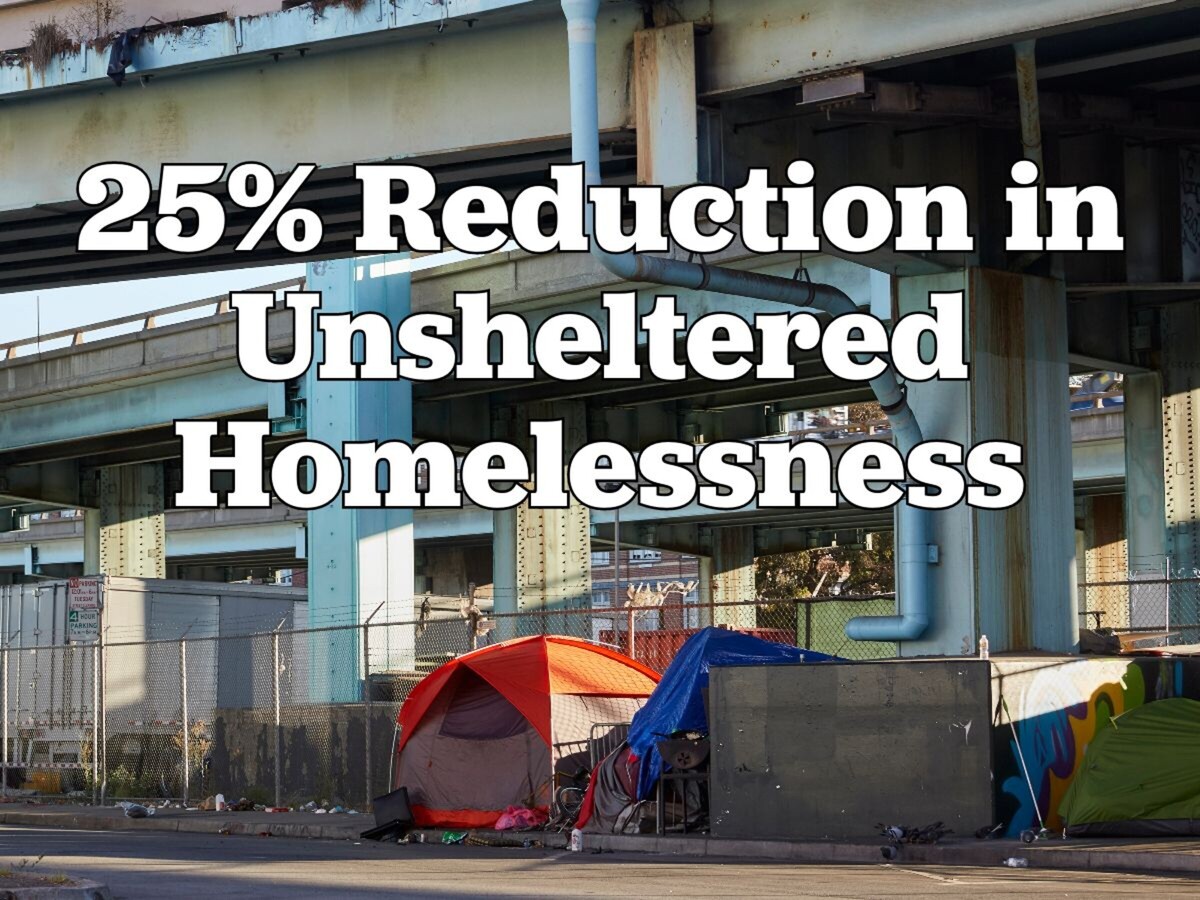Image


The New Jersey Department of Community Affairs (DCA) recently shared its annual report on homelessness, demonstrating notable progress in mitigating and preventing homelessness statewide. The DCA's Office of Homelessness Prevention highlighted a nearly 25 percent decrease in unsheltered homelessness, aligning with the State's 2025 reduction goals.
DCA Acting Commissioner Jacquelyn A. Suárez, speaking at HomeFront's Lawrenceville office, revealed an encouraging 23.4 percent reduction in homelessness and a 28.9 percent rise in access to prevention programs. These programs are crucial in aiding individuals facing crises and preventing the descent into homelessness.
“While we still have more work to do, we are extremely encouraged by the tangible progress being made," said DCA Acting Commissioner Jacquelyn A. Suárez.
Suárez emphasized the State's dedication to making homelessness "rare, brief, and nonrecurring."
The 2023 Statewide Office of Homelessness Prevention (OHP) Update Brief and 2022 Annual Report provide detailed insights into the demographics, causes, and trends of homelessness. Eviction, job loss, and household breakups are leading causes, with eviction accounting for 16.44 percent of cases in 2022.
Michael Callahan, OHP director, outlined a multifaceted strategy focusing on upstream prevention, rapid rehousing, affordable housing, healthcare access, and tackling racial disparities. Partnerships with local governments and community organizations are pivotal in achieving the 25 percent reduction goal by 2025.
DCA's collaboration with the Harvard Kennedy School Government Performance Lab and Delivery Associates is set to enhance data-driven decision-making within eight homelessness continuum of care bodies in New Jersey. The Department is also expanding access to the Section 8 Housing Choice Voucher Program, planning to distribute around 11,542 housing vouchers to at-risk households over the next two years.
HomeFront CEO and Ewing councilmember Sarah Steward highlighted the importance of collaboration at all government levels and community groups for localized, effective solutions.
“Forming strong partnerships between all levels of government and community groups is crucial to finding local solutions that can meet each town’s needs and then putting those solutions into practice,” said Steward.
The DCA's grantees shared success stories, underscoring the need for innovative programs and addressing root causes through systemic change.
Suárez concluded with a call for continued focus on comprehensive strategies and partnerships to significantly reduce homelessness and housing insecurity in New Jersey.
“With continued focus on upstream prevention, rapid rehousing, affordable housing, and no-barrier support services, we are optimistic about significantly reducing homelessness and housing insecurity in New Jersey. We cannot do this alone. It requires partnerships at all levels and across all sectors. Working together, we can ensure every New Jersey resident has a safe, stable place to call home,”said Acting Commissioner Suárez.
For more detailed information on the DCA's efforts and services, the 2023 Statewide OHP Update Brief and 2022 Annual Report are available at the DCA website, along with information on other DCA programs and services.
By the numbers: in 2023, the counties in New Jersey with the largest number of people who are homeless were...
Essex County holds the largest share of New Jersey's homeless population, with Newark holding the highest number of people who are homeless in Essex County at 1,361.